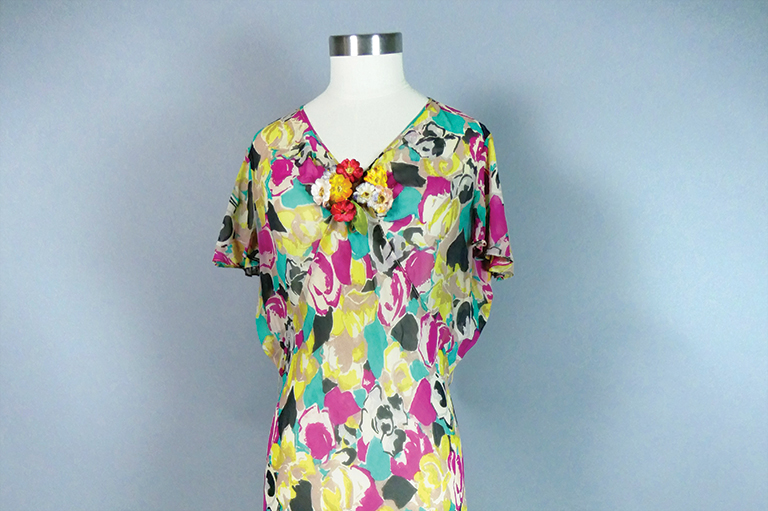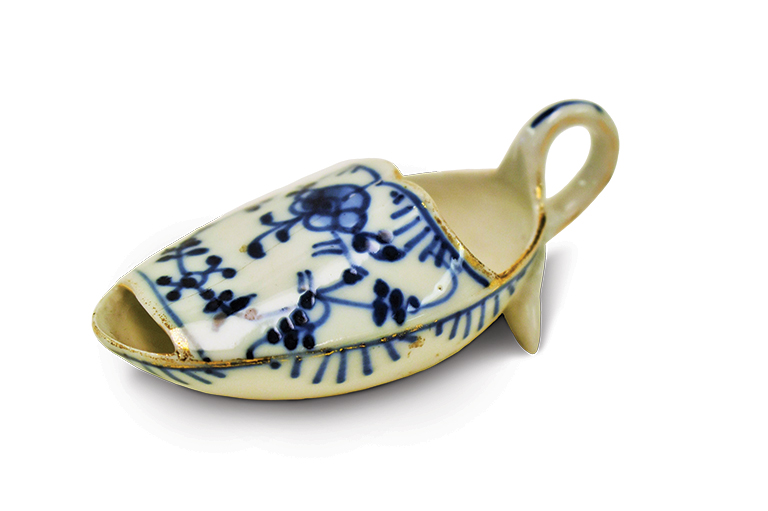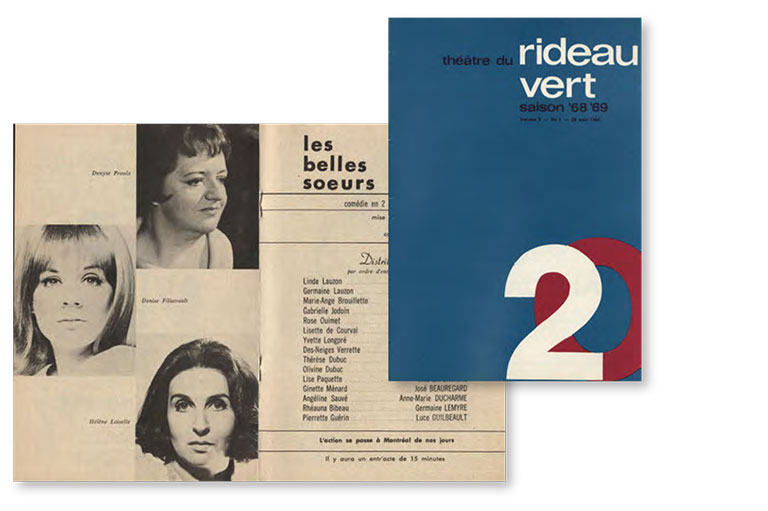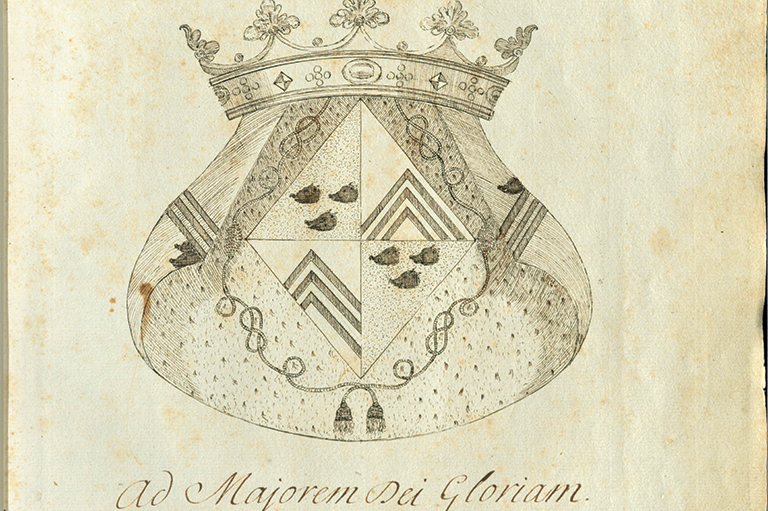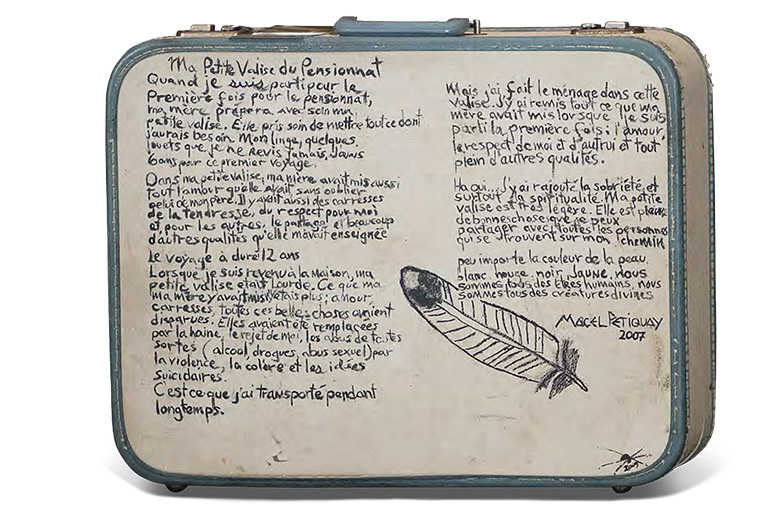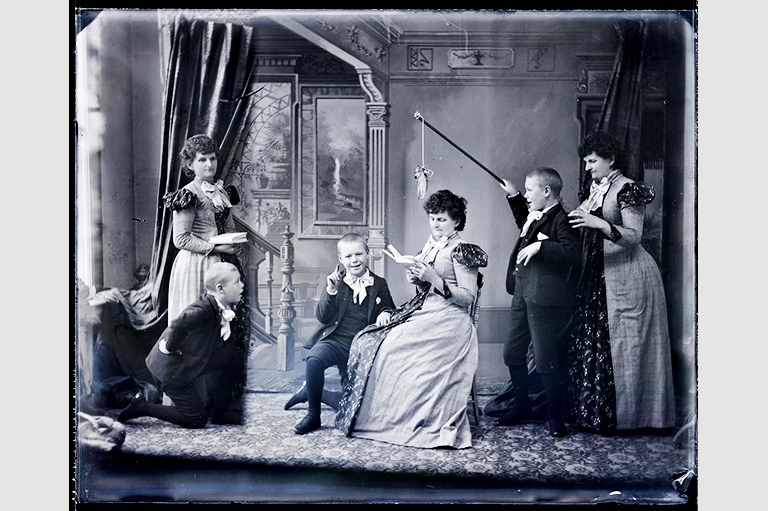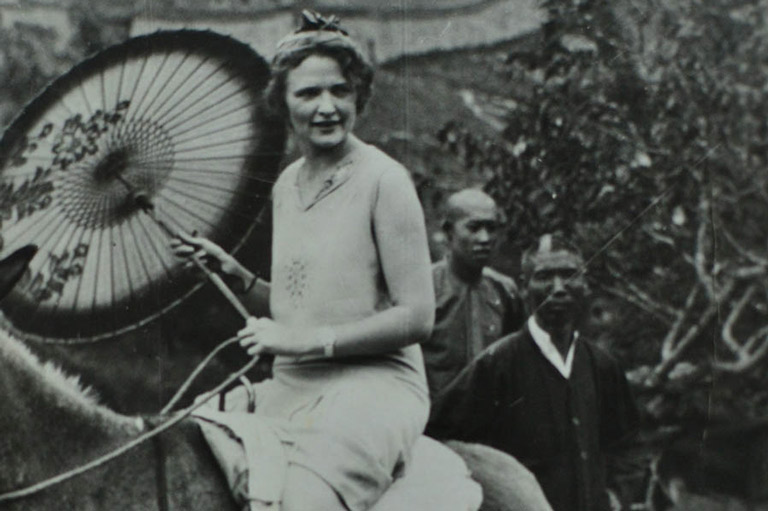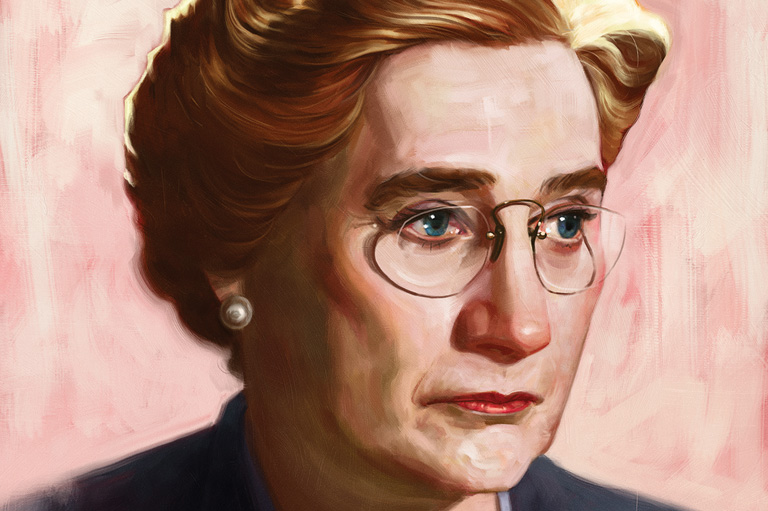Nativity-themed Altar Cloth
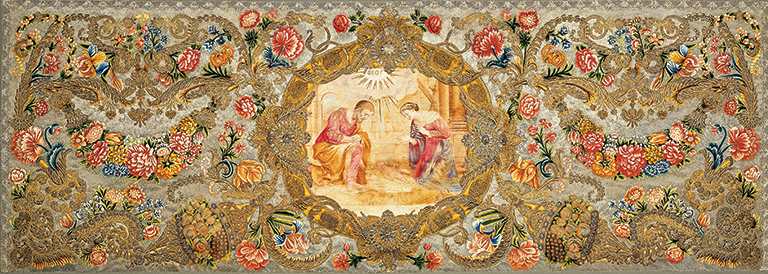
The Ursulines founded the first school for girls in New France in 1639. From the beginning, the creation of art and handicrafts was an integral part of the nuns’ lives, serving both recreational and religious purposes, as well as helping to diversify the congregation’s sources of revenue.
The Ursuline monastery in Quebec City was an important venue for artistic production from the 17th century onward. The breadth of the Ursulines’ artistic practice — embroidery, painting, lacework, music, drawing, photography, gilding, hair art, paper sculpting, basket making and much more — demonstrates the importance the Ursulines placed on art itself, as well as on their members’ individual and collective growth and fulfillment.
This breathtaking, late 17th-century altar cloth is 2.6 metres long and embroidered with metallic gold and silver thread. The flower patterns were created using a complex “needle painting” technique, and the painted medallion in the centre is surrounded by linen upholstery. The materials used in the altar cloth were imported from France.
The artist, Mother Marie Lemaire dite des Anges, and her workshop produced dozens of embroidered liturgical works. Lemaire’s influence led to the professionalization of embroidery among the Ursulines and paved the way for the congregation’s rich artistic tradition.
The Ursulines’ students benefited from this artistic abundance, particularly in the 19th and 20th centuries. Various forms of art were taught to young girls, and many students developed remarkable talents thanks to the Ursulines.
With 7 uniquely curated newsletters to choose from, we have something for everyone.
Themes associated with this article
Advertisement

